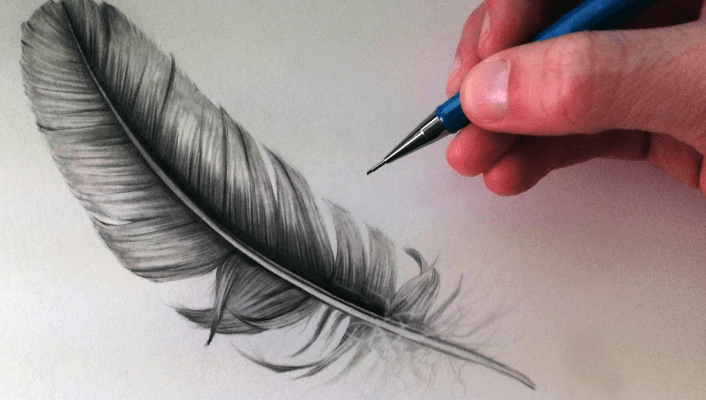Drawing:2sq2cro9jze= Feathers

The art of Drawing:2sq2cro9jze= Feathers presents a unique challenge that extends beyond mere representation; it demands a comprehensive understanding of their complex anatomy and varying textures. Selecting appropriate materials, such as high-quality graphite and textured paper, is paramount for artists aiming to convey the delicate nuances inherent in different feather types. Moreover, mastering shading techniques—particularly in relation to light sources—can significantly enhance the realism of these renderings. As we explore the intricacies involved in capturing color and texture, one must consider what underlying principles can elevate a simple drawing into a compelling work of art.
Understanding Feather Anatomy
Feathers are remarkable structures that play a crucial role in the biology and functionality of birds, showcasing a diverse range of forms and purposes.
Understanding feather structure is essential for appreciating the various feather types, such as contour, down, and flight feathers.
Each type serves unique functions, from insulation to aiding in flight, empowering artists to capture their intricate beauty in drawings.
Essential Drawing Materials
To create stunning and accurate representations of feathers, a thoughtful selection of drawing materials is essential.
Quality sketching tools, such as graphite pencils and fine liners, allow for precise detailing. Additionally, choosing the right paper types—smooth for fine lines or textured for softer strokes—can enhance your work.
Embrace these materials to unleash your creativity and capture the intricate beauty of feathers.
Read Also Penelope J.E. Davies Janson’s History of Art: the Western Tradition
Techniques for Realistic Shading
Achieving the delicate nuances of feather textures requires mastery of realistic shading techniques.
Employ layering techniques to build depth and dimension, allowing each stroke to enhance the feather’s natural form.
Consider your light source—shadows and highlights must harmonize to create an authentic appearance.
Embrace experimentation; this freedom will lead to stunning results as you refine your skills in capturing the essence of feathers.
Capturing Color and Texture
While mastering the art of capturing color and texture in feathers, artists must pay close attention to the unique characteristics that define each plume.
Employing techniques such as color mixing allows for vibrant hues that mimic nature, while texture layering creates depth and realism.
Conclusion
In summary, the art of Drawing:2sq2cro9jze= Feathers transcends mere representation, weaving together intricate anatomy, carefully selected materials, and masterful shading techniques. Each stroke of the pencil breathes life into the delicate strands, reminiscent of a gentle breeze rustling through a vibrant plumage. By embracing the nuances of color and texture, artists can evoke the enchanting beauty of feathers, transforming a blank canvas into a breathtaking homage to nature’s artistry. Such dedication to detail illuminates the remarkable elegance found in avian wonders.






